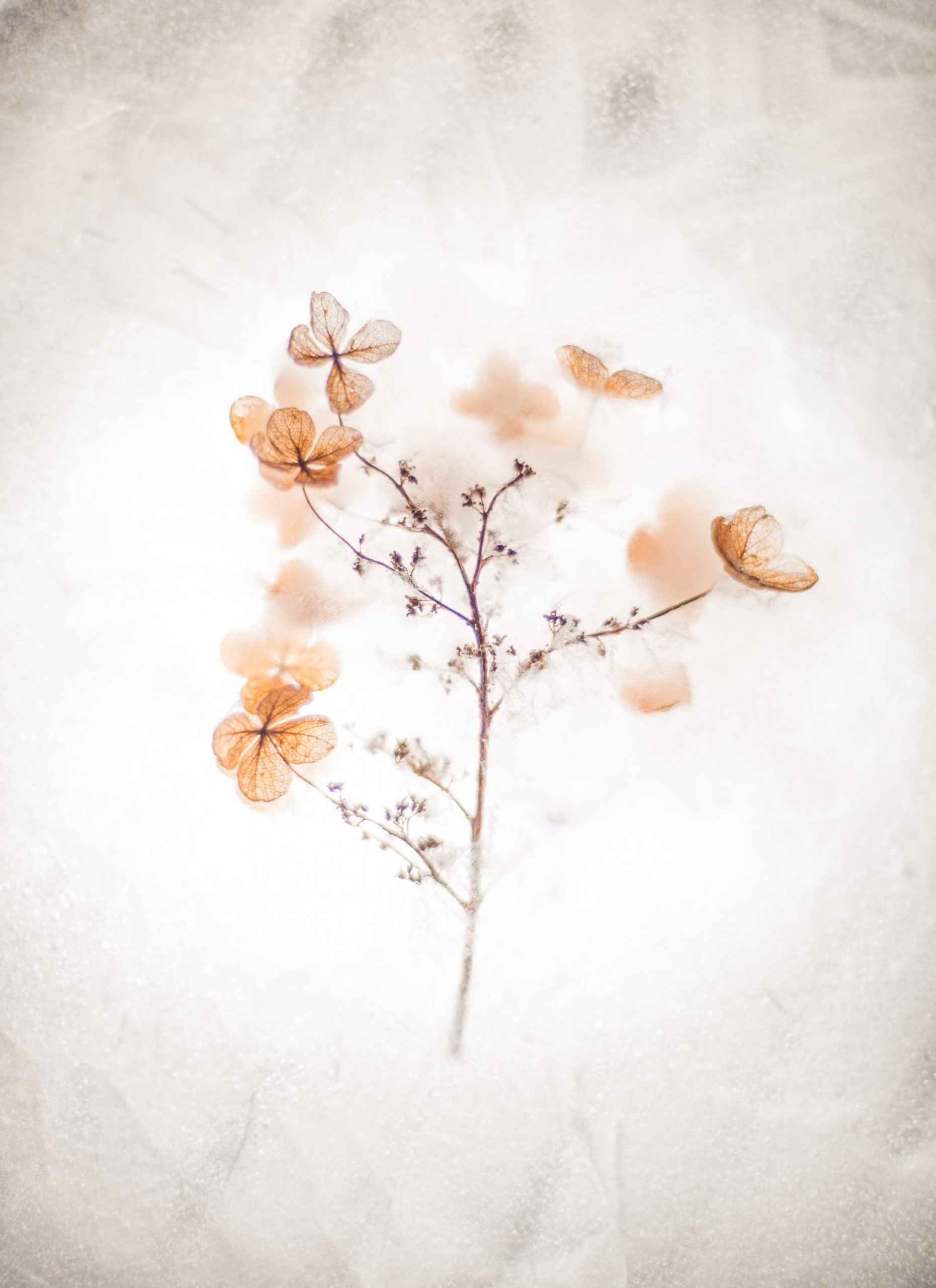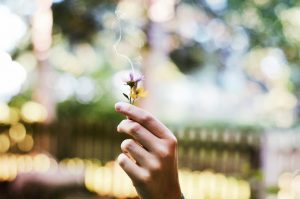Spirit Work and Door-to-Door Soliciting: These Are Halloween's Pagan (and Cultural) Origins

Ah, Halloween—a witch’s favorite time of year. It’s a time for magic, cozy weather, general spookiness, and mandatory viewings of Hocus Pocus and Practical Magic. But where did this candy-coated holiday came from? Halloween has a rich history and a magical heritage that can still be felt today. Here are the three pagan holidays that helped shaped Halloween.
Read me: Good Food and Gratitude: These Are the Autumn Equinox’s Pagan Traditions
Samhain
Samhain is the Gaelic festival celebrating the last of the harvest season as we prepare for winter. Celebrated on October 31, Samhain marks the transition from the lighter half of the year to the darker half of the year, which is why it is held halfway between the autumn equinox and the winter solstice (Yule). Samhain actually means “summer’s end,” and as such, darkness is an embraced theme. Similar to Beltane, many believed the veil between our world and the spirit realm was that thinnest, meaning that souls of the dead and fairies could easily enter, or reenter, our world. During Samhain, livestock was taken from the summer pastures to the winter pasture or slaughtered for food for the winter. Many feasts and bonfires were held in order to give one last thanks for a bountiful harvest—with place settings reserved for the deceased.
Other Samhain activities included mumming (putting together plays and acting), apple bobbing, and guising, an activity that found children going door-to-door in disguise, reciting verses for food. The disguises were meant to hide from the fairies so they wouldn’t play tricks on them. Samhain was also a time where many divination rituals would take place, usually involving apples or hazelnuts. Apples are associated with immortality and hazelnuts are associated with divine wisdom.
In Wicca, Samhain is one of the four important Sabbats in the Wheel of the Year. It is a time to celebrate loved ones who have passed on, do spirit work, and practice divination with Tarot or another chosen tool. Samhain is a time to embrace the spiritual world and explore our darker side.
Read me: These New Witchy Reads Are Perfect for the Spookiest Season
Día de los Muertos (Day of the Dead)
Día de los Muertos, a.k.a. Day of the Dead, is a holiday celebrated in Mexico from October 3–November 2, honoring those who have passed on. Scholars claim that the holiday originated from the ancient Aztecs who held a festival to honor the goddess of death, Mictecacihuatl. During Día de los Muertos, participants create altars for the deceased, filled with candles, flowers (often marigolds, as participants believe the flower will guide their loved ones’ souls back to the living world) and offerings of food and trinkets. These altars are either placed in private homes or in public. Sugar skulls, colorful skeletons (calacas), and parades are also traditions of the holiday.
Read me: The Shy Witch’s Guide to Finding a Coven: Spells, Tips, and More
Allhallowtide
Allhallowtide is a three-day holiday, celebrated by early Christians beginning in the early 11th century. The holiday includes All Hallows’ Eve (October 31), All Saints’ Day (November 1), and All Souls’ Day (November 2), each day honoring and remembering the dead. Like most Christian holidays, Allhallowtide, especially—All Hallows’ Eve—was taken from existing pagan traditions, in this case, Samhain, in an effort to ease the Celtic people into Christianity. On All Hallows’ Eve, people believed that the veil between the mortal world and the spirit world thinned and souls could enter the mortal world easily; people were encouraged to wear masks to hid from souls. It was also a time for fasting and preparation for All Saint’s Day, marked to honor saints and martyrs, usually with a feast. The final day, All Souls’ Days, was a day to honor loved ones who have passed on, normally by placing flowers and candles on gravesites. Children would go door-to-door to rich houses and beg for money, apples, and soul-cakes.
So, this Halloween, take time to remember those you have lost, practice your divination, and honor your spirit guides as you travel from the lightness toward the annual darkness.
Samhain Cheat Sheet
Here are some fast facts about Samhain:
Meanings: transformation, embracing the darkness, divination, spirit world.
Food: hazelnuts, berries, apples, cheese, salmon, pumpkin, squashes, oat bread.
Color: orange, yellow, black, purple.
Crystals: obsidian, onyx, bloodstone, smoky quartz, amber, amethyst, lapis lazuli.
Herbs: cinnamon, hazel, rosemary, allspice, mugwort.
Art by Evie Shaffer
Gain Clarity for the Future. Your 2026 Tarot Reading features a 13-card spread revealing monthly themes, lessons, and breakthroughs for the year. Find empowerment and direction.



